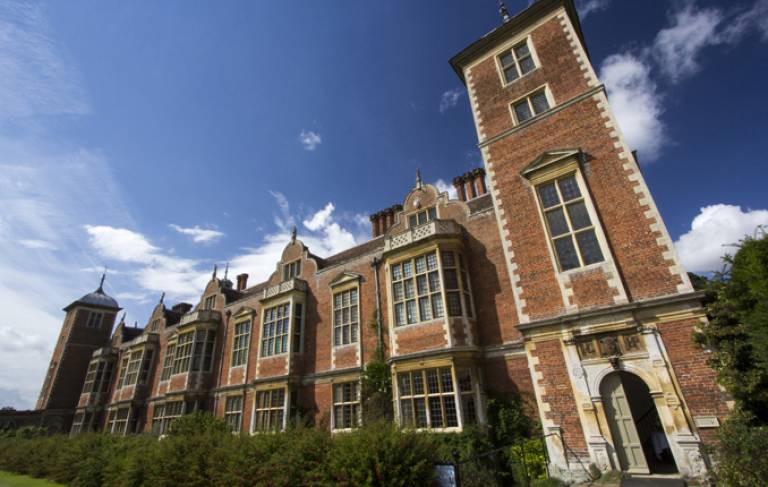Adapting to the impacts of climate change on cultural heritage

12 December 2014
UCL research occasioned a culture change in how heritage professionals nationally and internationally approach adaptation to climate change for historic properties, and ensured that climate change effects are an intrinsic part of management plans for historic sites.
If a historical wooden structure is flooded, should it be rapidly dried to bring buildings back into use quickly for economic, health and social reasons? Or might this have the unintended consequence of long-term damage? As climate change takes grip, this question becomes increasingly important for heritage professionals responsible for conserving historic properties.
Research led by Professor May Cassar (The Bartlett's UCL Institute for Sustainable Heritage) specifically addresses this question. Climate change is predicted to increase damage to fragile structures as a result of increased flooding and fabric saturation, and this research has demonstrated the effect of forced drying on saturated wooden buildings. While it has been known for a long time that drying wooden structures too quickly can cause physical stress, modelling by her team illustrated how dangerous moisture gradients develop.
Building on a project capturing the views of heritage managers on the impact of climate change, Professor Cassar's team compared the stresses to the historic fabric caused by rapid drying to damage such as salt efflorescence caused by slow drying. The team also prepared information on flooded wooden buildings for heritage managers to help them visualise heritage sites under future climate scenarios.
The research findings are now used by heritage professionals and insurance companies. UCL researchers collaborated with a heritage insurance company and a dehumidification company in their study of the effects of rapid drying, working at the National Trust property Blickling Hall in Norfolk. While insurance companies typically advocate rapid drying after flooding so that a building can be brought back into use quickly, the research led the insurance partner, Ecclesiastical, to confirm its support for slow drying.
As a result of this research, there has been a paradigm shift in how the heritage sector in the UK and Europe understand the risks of climate change to cultural heritage. Instead of focusing on average climate conditions, heritage managers now understand the important of considering and adapting to extreme conditions and their lasting effects. The research findings have influenced the policy of heritage organisations such as English Heritage, the Council of Europe, the International Institute for Conservation of Historic and Artistic Works and the UNESCO World Heritage Centre, informing the management of thousands of historic properties and sites.
In 2008, at a roundtable discussion on climate change and museum collections hosted by the International Institute for Conservation of Historic and Artistic Works, the application of the research was extended recognition to museum collections that are also affected by climate change. While in 2009, the Council of Europe European and Mediterranean Major Hazards Agreement (between Europe and countries south of the Mediterranean) approved a recommendation based on UCL research on the vulnerability of cultural heritage to climate change. The Council of Europe also sponsored Masters and Doctoral level short courses and workshops co-designed by UCL researchers to help train heritage professionals to plan for climate change.
Funders included EPSRC, EU FP6, and English Heritage.
 Close
Close

